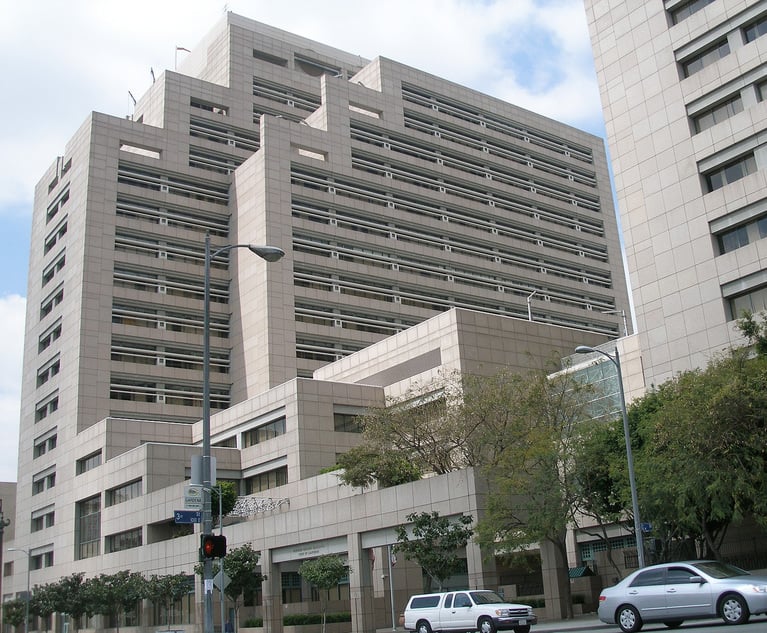It has been roughly three months since a significant set of regulations became enforceable in California in November 2018. Pursuant to Proposition 65, the state regulator—the California Office of Environmental Health Hazard Assessment (OEHHA)—formally added perfluorooctanoic acid (PFOA) and perfluorooctane sulfonate (PFOS) to “the list of chemicals known to the state to cause reproductive toxicity (developmental endpoint).” Now, companies doing business in California with 10 or more employees are required to provide a “clear and reasonable” warning before knowingly exposing anyone to products with those chemicals. Liability under Proposition 65, often through private lawsuits, is notoriously unpredictable and can viably threaten statewide business operations.
As we detailed in our prior article on November 20, 2018, the decision to list PFOA and PFOS on Proposition 65 could have serious consequences for a wide range of businesses in California. PFOA and PFOS are two of the most common forms of the emerging contaminants known as perfluoroalkyl and polyfluoroalkyl substances (PFAS), which have been used for decades in a myriad of industries, such as firefighting at industrial and military facilities.


 Left to right: Jeffrey Dintzer and Nathaniel Johnson of Alston & Bird.
Left to right: Jeffrey Dintzer and Nathaniel Johnson of Alston & Bird.




